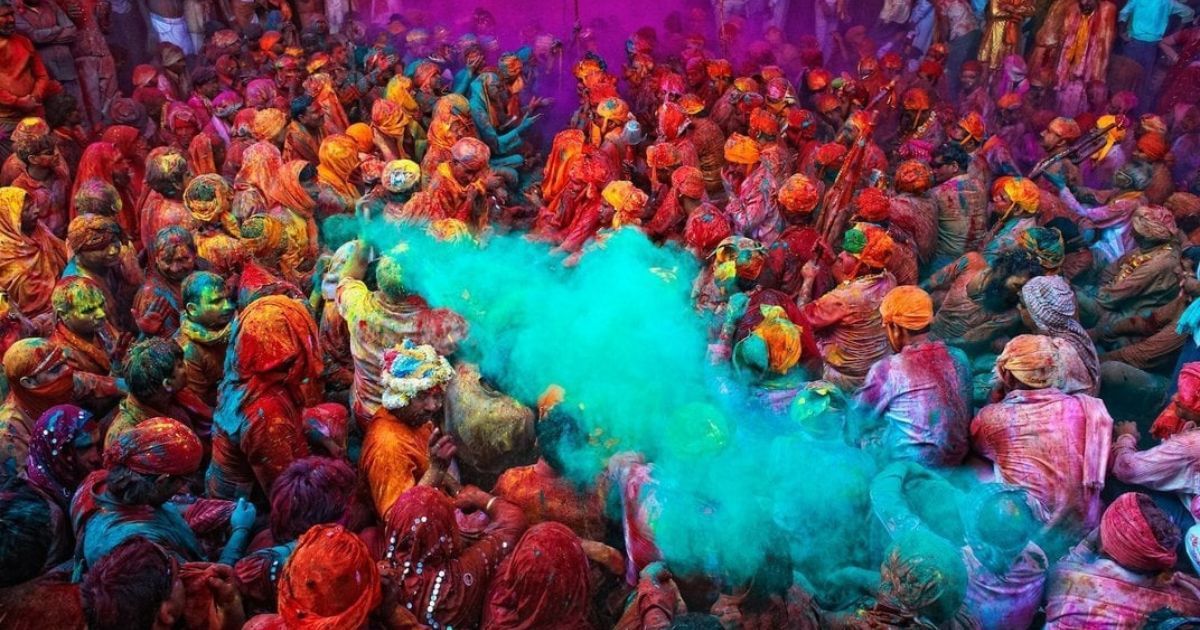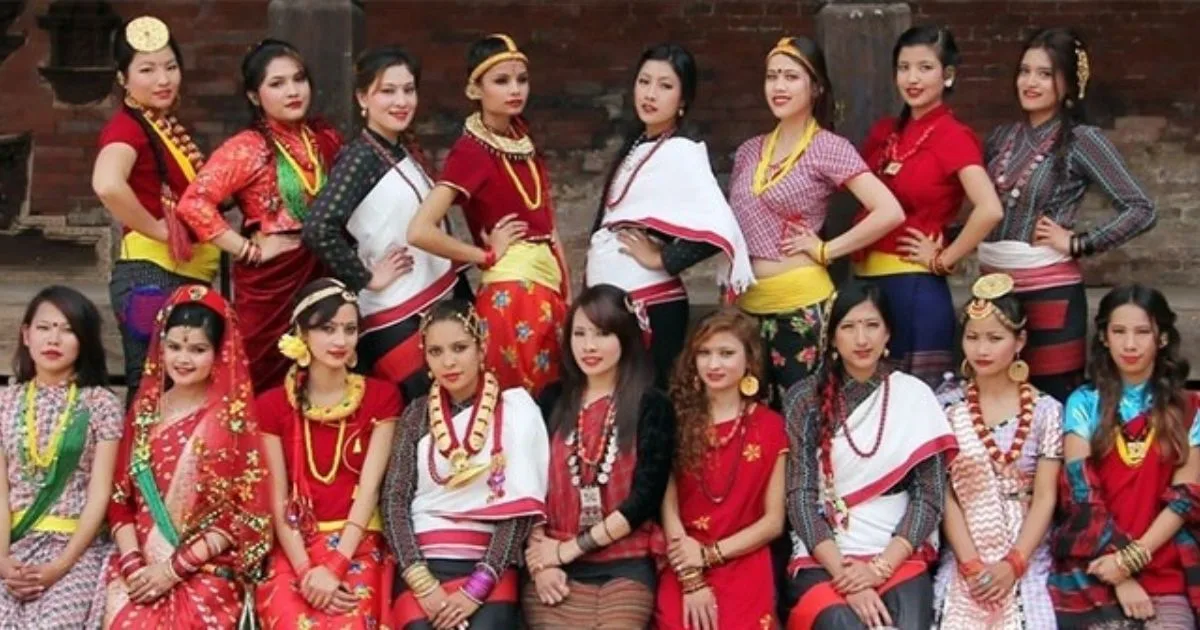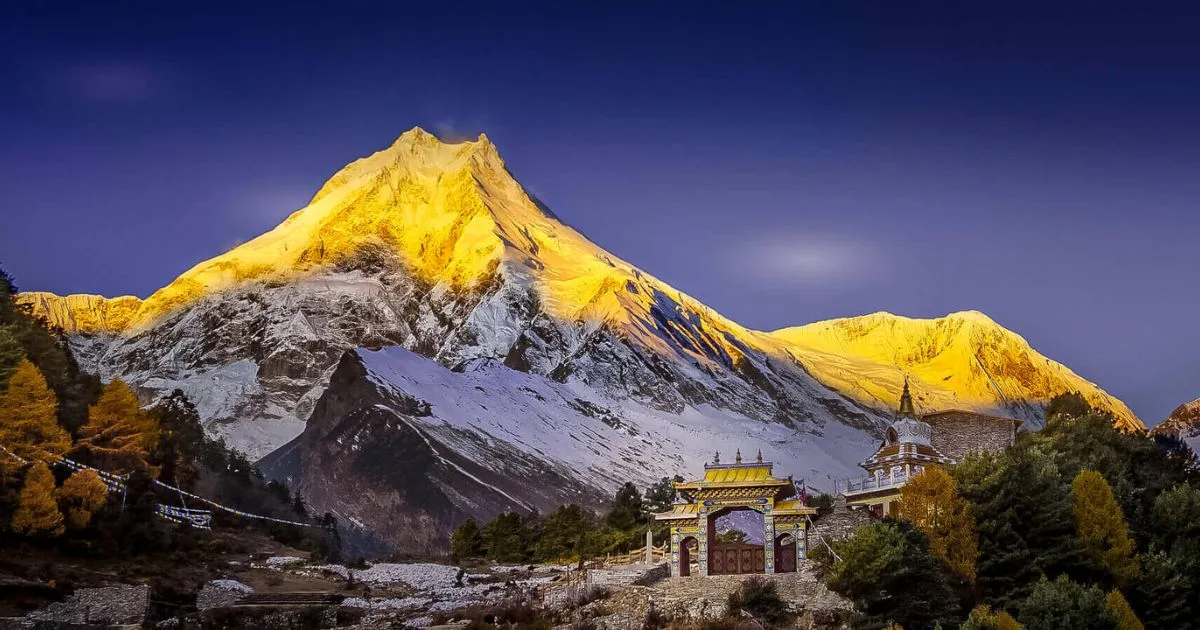Step into the kaleidoscopic world of Holi, where colors dance with laughter and diversity blooms with joy. Holi, the ancient Hindu festival known as the “Festival of Colors,” transcends boundaries, inviting people from all walks of life to join in its vibrant celebration. In this article, we delve into the essence of Holi, exploring its rich cultural tapestry, its significance in fostering unity, and the sheer exuberance it brings to millions worldwide. Join us as we unravel the colorful tapestry of Holi, where every splash of pigment symbolizes not just the arrival of spring, but also the spirit of inclusivity, diversity, and boundless happiness. Embark on a journey where tradition meets modernity, and where the vibrant hues of Holi paint a picture of communal harmony and shared jubilation.

Table of Contents
Origins of Holi: A Brief History
Holi, a festival steeped in history and mythological significance, traces its origins back to ancient Hindu scriptures and folklore. Rooted in the legend of Prahlad and Holika, Holi commemorates the victory of good over evil, symbolized by the triumph of Prahlad’s devotion to Lord Vishnu over the malevolent intentions of his father’s sister, Holika. As the tale goes, Holika, granted immunity to fire, attempted to burn Prahlad alive for his refusal to abandon his faith. However, through divine intervention, Prahlad emerged unscathed, while Holika met her demise in the flames. Thus, Holi’s first day, known as Holika Dahan or Chhoti Holi, symbolizes the triumph of righteousness and the cleansing of impurities, as communities gather to light bonfires and offer prayers.
Through the ages, Holi has evolved from its religious roots into a cultural extravaganza, embracing diverse communities and transcending geographical boundaries. The festival’s vibrant celebrations, characterized by the playful throwing of colors, water fights, and jovial gatherings, reflect the spirit of unity and joy that permeates Holi. Whether observed in the bustling streets of India, where revelers drench each other in hues of powder and water, or in distant corners of the globe, where multicultural communities come together to partake in the festivities, Holi embodies the essence of togetherness and celebration. As Holi continues to enchant hearts worldwide, its timeless message of love, forgiveness, and camaraderie remains as enduring as the colors that paint the skies during this joyous occasion.
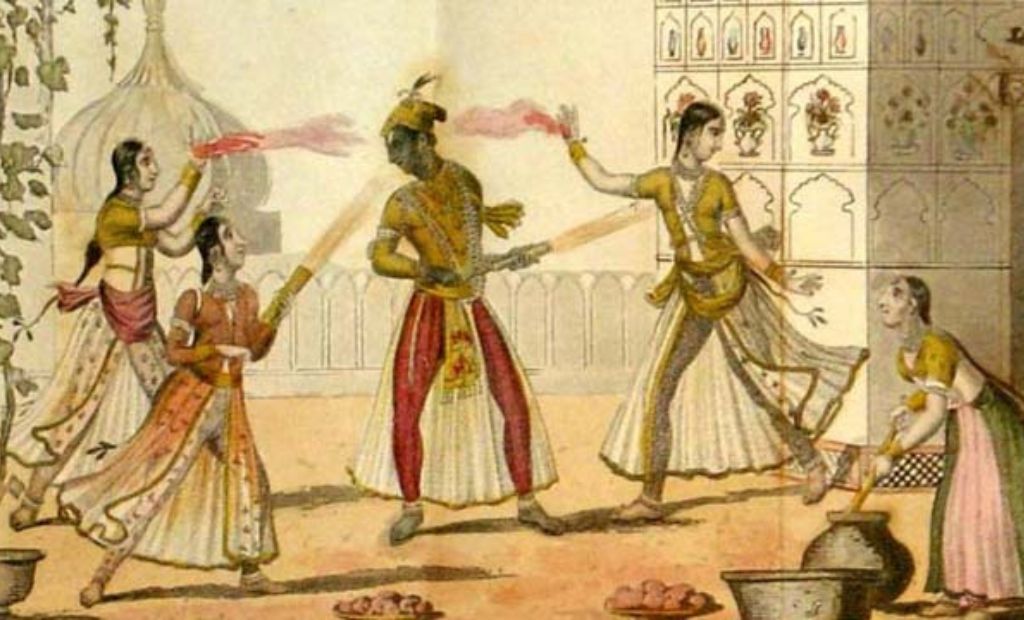
Significance of Holi in Hindu Culture
In Hindu culture, Holi holds profound significance beyond its vibrant celebrations, symbolizing the arrival of spring and the triumph of good over evil. The festival marks the transition from winter to spring, signifying renewal, rejuvenation, and the awakening of life. Beyond its seasonal connotations, Holi embodies deeper spiritual meanings, reflecting the eternal battle between light and darkness, righteousness and malevolence. Rooted in mythology and ancient scriptures, Holi encapsulates the essence of devotion, faith, and the ultimate victory of truth. It serves as a reminder of the power of righteousness and the resilience of the human spirit in the face of adversity, echoing the age-old adage that good always prevails over evil.
Moreover, Holi fosters a sense of unity and camaraderie among communities, transcending social barriers and fostering bonds of friendship and goodwill. Regardless of caste, creed, or background, Holi welcomes all to partake in its festivities, promoting inclusivity and acceptance. It serves as a unifying force, bringing people together in a joyous celebration of life, love, and shared heritage. Through the colorful splashes of gulal and the jubilant exchanges of greetings, Holi exemplifies the spirit of brotherhood and the universal values of compassion, forgiveness, and togetherness.
Rituals and Traditions of Holi
Holi is not merely a festival of colors; it is a tapestry woven with various rituals and traditions, each adding depth and meaning to the celebration. The festival typically begins with Holika Dahan, a ritualistic bonfire lit on the eve of Holi. This bonfire symbolizes the victory of good over evil, commemorating the legend of Prahlad and Holika. Communities gather around the roaring flames, offering prayers and performing rituals to ward off evil spirits and usher in blessings for the coming year. The warmth of the fire and the collective chants create an atmosphere charged with spirituality and fervor, setting the stage for the colorful festivities that follow.
Following Holika Dahan, the main day of Holi, known as Rangwali Holi, bursts forth with exuberance and merriment. Streets and squares become arenas of playful chaos as people of all ages join in the revelry, armed with vibrant powders and water-filled balloons. The air resonates with laughter and joyous shouts of “Holi Hai!” as friends and strangers alike immerse themselves in the riotous spectacle of color. This tradition of smearing each other with gulal and drenching one another with colored water symbolizes the breaking down of barriers and the spirit of equality, where distinctions of caste, class, and status fade away amidst the rainbow hues of Holi.
Holika Dahan: Lighting the Bonfire of Triumph
Holika Dahan, a significant ritual preceding the main festivities of Holi, embodies the essence of triumph over malevolence and the triumph of righteousness. This ritual, steeped in mythology, revolves around the legend of Prahlad and Holika, illustrating the power of devotion and divine intervention. As dusk descends, communities come together to build towering bonfires, often adorned with effigies of Holika, representing the victory of good over evil. The crackling flames illuminate faces aglow with reverence, while prayers are offered to seek blessings and protection. Holika Dahan serves as a poignant reminder of the enduring message of Holi, symbolizing the purification of the soul and the obliteration of negativity, paving the way for the joyous celebrations that follow.

Rangwali Holi: The Colorful Revelry
Rangwali Holi, the heart of Holi festivities, unleashes a whirlwind of color and joy that transcends barriers of age, gender, and social status. On this vibrant day, streets and squares transform into kaleidoscopic playgrounds, echoing with laughter and shouts of “Holi Hai!” as revelers engage in spirited exchanges of powdered colors and playful water fights. The tradition of smearing each other with gulal and dousing one another with colored water symbolizes the breaking down of societal norms and the embrace of camaraderie and unity. Rangwali Holi is not merely a celebration of spring’s arrival but a jubilant ode to the human spirit, where differences dissolve in a riot of hues, and hearts unite in the shared exhilaration of this colorful festival.

Bhang: The Traditional Drink of Holi
Bhang, a traditional drink synonymous with Holi, adds an extra layer of joviality to the festivities, elevating the celebration to new heights of merriment and camaraderie. Made from the leaves and flowers of the cannabis plant, bhang has been an integral part of Holi rituals for centuries, believed to have originated from Lord Shiva’s association with the herb. As revelers indulge in this intoxicating concoction, inhibitions dissolve, and spirits soar, fostering an atmosphere of uninhibited revelry and joyous abandon. Bhang’s euphoric effects enhance the sensory experience of Holi, amplifying the festival’s vibrancy and adding an element of whimsy to the colorful revelry. However, amidst the revelry, it’s essential to consume bhang responsibly, ensuring that the spirit of Holi remains one of joy, harmony, and communal celebration.

Holi Around the World: Global Celebrations and Adaptations
While Holi’s roots lie in Hindu mythology and Indian traditions, its spirit has transcended borders, captivating hearts and inspiring celebrations across the globe. In countries like Nepal, Bangladesh, and Pakistan, where Hindu communities reside, Holi is celebrated with fervor, echoing the colorful revelry seen in its country of origin. However, Holi’s influence extends far beyond South Asia, with communities worldwide embracing the festival’s ethos of joy, unity, and renewal. In recent years, Holi has gained popularity in Western countries, where multicultural communities eagerly participate in the festivities, drawn to its exuberant atmosphere and message of inclusivity. From colorful parades in the streets of New York City to vibrant gatherings in London’s Trafalgar Square, Holi has become a symbol of cultural exchange and interfaith harmony, fostering understanding and appreciation for diverse traditions.
As Holi continues to captivate hearts around the world, its celebration has also undergone adaptations to suit local customs and preferences. In some regions, the traditional throwing of powdered colors has been replaced with eco-friendly alternatives, such as flower petals or natural dyes, aligning with contemporary concerns for environmental sustainability. Additionally, innovative events and initiatives have emerged, blending Holi traditions with modern entertainment, such as music festivals featuring renowned artists and DJs. These adaptations not only cater to diverse audiences but also breathe new life into the age-old festival, ensuring that Holi remains relevant and cherished in an ever-changing world.
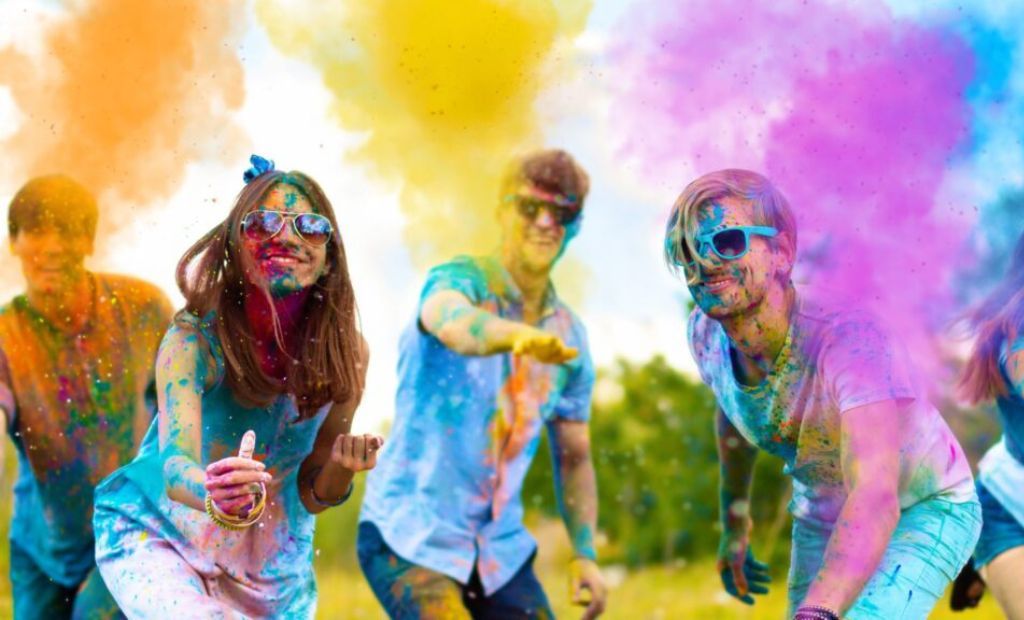
The Symbolism of Colors in Holi
The symbolism of colors in Holi adds layers of depth and meaning to the festival’s vibrant celebrations, embodying a spectrum of emotions and cultural significance. Each hue holds its own significance, reflecting various aspects of life, spirituality, and tradition. Red, symbolizing love and fertility, is often associated with the divine union of Radha and Krishna, while green represents new beginnings and the harvest season. Yellow, reminiscent of turmeric, signifies prosperity and good health, while blue evokes the cosmic realm and the transcendence of worldly concerns. As revelers drench each other in these colorful pigments, they not only participate in a joyous spectacle but also immerse themselves in a symbolic journey of renewal, growth, and spiritual awakening.
Beyond their aesthetic appeal, the colors of Holi serve as a unifying force, transcending boundaries of caste, creed, and social status. In the kaleidoscope of colors, differences dissolve, and individuals come together in a spirit of camaraderie and equality. Holi’s celebration of color mirrors the diversity of the human experience, reminding us of the beauty that arises when we embrace our differences and celebrate our shared humanity. As each splash of pigment adorns faces with hues of joy and laughter, Holi becomes a canvas upon which the tapestry of unity and diversity is woven, reflecting the kaleidoscopic mosaic of life itself.
Holi and Diversity: Embracing Differences with Joy
One of the most beautiful aspects of Holi is its ability to bring people from diverse backgrounds together in celebration. Regardless of caste, creed, or ethnicity, Holi transcends barriers and fosters a sense of unity and inclusivity. In the midst of the colorful chaos, individuals of all ages and walks of life come together, sharing laughter, love, and the joy of being alive. This spirit of inclusivity is deeply ingrained in Holi’s traditions, where everyone, regardless of social status, is encouraged to participate in the festivities with equal fervor.
Moreover, Holi serves as a powerful reminder of the beauty found in diversity. Just as the festival’s vibrant colors come together to create a stunning mosaic, so too do people from different backgrounds come together to form a rich tapestry of humanity. Holi encourages us to embrace our differences and celebrate the unique contributions that each individual brings to the table. In a world often divided by differences, Holi stands as a beacon of hope, reminding us that joy knows no bounds and that unity is achievable when we come together in celebration of our shared humanity.
Holi in Art and Literature: A Cultural Reflection
Throughout history, Holi has been a recurring theme in various forms of art and literature, serving as a rich source of inspiration for artists, poets, and storytellers. From ancient Sanskrit texts to modern-day novels and paintings, Holi’s vibrancy and symbolism have been vividly depicted, capturing the imagination of audiences across generations. In literature, Holi often serves as a metaphor for the triumph of good over evil, love conquering hatred, and the rejuvenation of the human spirit. Poets and authors use Holi’s colorful imagery to explore themes of unity, celebration, and the eternal cycle of life and renewal.
Likewise, in art, Holi has been depicted in myriad forms, from intricate miniature paintings to contemporary abstract works. Artists are drawn to the festival’s kaleidoscopic palette, using bold strokes and vibrant colors to convey the exuberance and energy of Holi celebrations. These artistic representations not only showcase the beauty of the festival but also serve as cultural artifacts, preserving Holi’s traditions and values for future generations. Through art and literature, Holi transcends its temporal and spatial boundaries, becoming a timeless symbol of joy, resilience, and the indomitable human spirit.

Modern Trends in Holi Celebrations: From Street Parties to Digital Festivities
In recent years, Holi celebrations have undergone a transformation, reflecting the evolving preferences and lifestyles of contemporary society. While traditional rituals remain at the heart of the festival, modern trends have introduced new ways of commemorating Holi, blending age-old customs with innovative concepts. One notable trend is the emergence of organized street parties and community events, where large gatherings come together to revel in the festive spirit. These street parties often feature live music, dance performances, and interactive activities, creating a dynamic and immersive experience for participants. From bustling metropolises to quaint rural villages, these vibrant gatherings bring communities closer together, fostering a sense of camaraderie and shared joy.
Furthermore, the advent of technology has paved the way for digital Holi celebrations, allowing people to connect and celebrate regardless of geographical boundaries. Social media platforms and messaging apps buzz with Holi greetings, virtual gatherings, and colorful content, enabling individuals to share the festive fervor with friends and family around the globe. Online gaming platforms also offer Holi-themed challenges and events, providing a digital space for enthusiasts to immerse themselves in the festive atmosphere. These digital innovations not only enhance accessibility but also contribute to the global spread of Holi’s message of love, unity, and celebration.
Environmental Concerns and Sustainable Holi Practices
As the popularity of Holi grows, so does the awareness of its environmental impact, particularly concerning the use of synthetic colors and water wastage. In response to these concerns, there has been a significant push towards adopting sustainable practices during Holi celebrations. Eco-conscious individuals and communities are opting for natural and eco-friendly alternatives to traditional synthetic colors, such as herbal powders made from flowers, turmeric, and other natural ingredients. These organic alternatives not only reduce harm to the environment but also minimize the risk of skin allergies and other health issues. Additionally, efforts are being made to promote water conservation by encouraging the use of dry colors and limiting the excessive use of water during Holi festivities. Through education and advocacy, awareness about the importance of environmental sustainability is steadily increasing, inspiring communities to celebrate Holi in a way that honors both tradition and the planet.
Furthermore, initiatives aimed at recycling and waste management have gained traction during Holi, ensuring that the aftermath of the celebrations does not harm the environment. Community-led cleanup drives and waste segregation programs help mitigate the impact of litter and pollution caused by discarded colors and other Holi paraphernalia. Moreover, educational campaigns promote responsible disposal practices and encourage individuals to opt for biodegradable products to minimize their ecological footprint. By integrating environmental awareness into Holi celebrations, communities are not only preserving their cultural heritage but also taking meaningful steps towards creating a more sustainable and eco-friendly future.
Conclusion: The Everlasting Spirit of Holi
In conclusion, Holi stands as a timeless testament to the resilience of tradition and the enduring spirit of celebration. Across centuries and continents, Holi has continued to captivate hearts and minds, transcending cultural boundaries and evolving with the times. Its vibrant colors, rich symbolism, and emphasis on unity and joy make it a cherished occasion for millions around the world. As we reflect on the various facets of Holi – from its ancient origins to its modern adaptations – one thing remains constant: its ability to bring people together in a shared expression of love, laughter, and community.
As we bid farewell to another Holi season, let us carry forward its message of inclusivity, diversity, and environmental stewardship. Let us strive to embrace the spirit of Holi not just on its designated day of celebration but every day, fostering unity, spreading joy, and cherishing the colorful tapestry of life. In doing so, we honor the legacy of Holi and ensure that its vibrant spirit continues to inspire generations to come.

